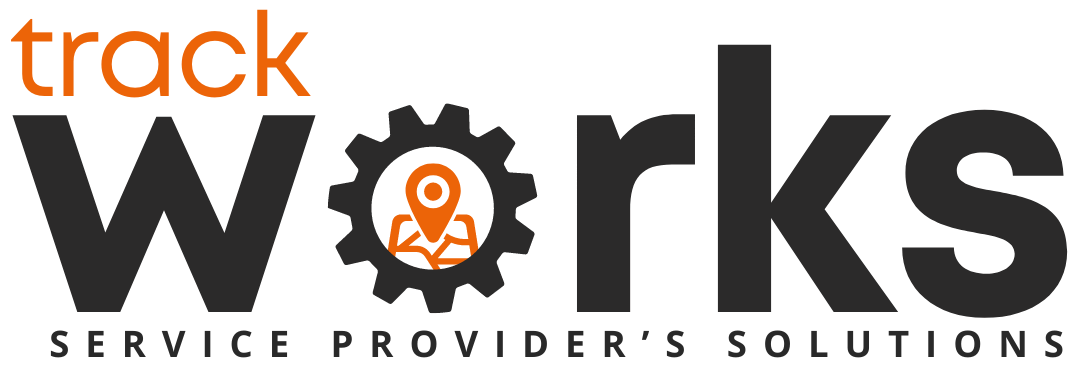Year-End Data Clean-Up for Field Service Companies: Why December Matters
As the year draws to a close, field service companies face one of their most critical — and often overlooked — opportunities: the year-end data clean-up. This process is more than a simple administrative task; it’s a strategic reset that ensures your business enters the new year with accuracy, efficiency, and insight.
From work orders and inventory to time logs and financial records, December is the ideal time to review, reconcile, and optimize your operational data. Clean data means better decisions, smoother audits, and stronger performance metrics going into 2026.
This guide outlines the essential steps for field service leaders to conduct an effective year-end data clean-up — and how platforms like TrackWorks streamline and automate the process.
1. Conduct a Comprehensive Work Order Review
Why it matters:
Open or incomplete work orders create confusion and distort performance metrics. Before closing out the year, it’s essential to ensure every work order is accurately documented, billed, and closed.
How to implement:
- Audit all open jobs: Review pending, in-progress, or overdue work orders.
- Verify completion details: Confirm that technicians have logged service notes, materials used, and time on site.
- Ensure billing accuracy: Check that completed work orders have been invoiced and linked to the right customer accounts.
Practical tip:
Use TrackWorks’ real-time dashboard to identify open work orders instantly and automate follow-up actions. A clean job record now avoids disputes and backlog issues later.
2. Reconcile Inventory and Equipment Data
Why it matters:
Field inventory — from spare parts to tools — often fluctuates throughout the year. Without proper reconciliation, teams risk running into shortages, overstock, or lost assets.
How to implement:
- Conduct a physical count of high-value parts and tools.
- Match physical quantities against system records.
- Review return and replacement logs for accuracy.
- Identify obsolete or underused items and flag them for write-off or reallocation.
Practical tip:
Integrate inventory management in TrackWorks to auto-adjust stock levels after each job completion. This eliminates manual entry errors and provides a true picture of your year-end asset value.
3. Verify Technician Time Logs and Job Hours
Why it matters:
Accurate time data affects payroll, billing, and performance metrics. Small discrepancies in logged hours can compound into major reporting errors or payroll corrections later.
How to implement:
- Review all technician time entries for accuracy.
- Compare job hours logged with actual work order durations.
- Identify missing or duplicate entries and correct them before year-end reports.
Practical tip:
With TrackWorks time tracking, every minute logged in the field syncs automatically to payroll and job costing systems — saving hours of manual reconciliation in December.
4. Align Financial and Operational Data
Why it matters:
Operational data (jobs completed, materials used, hours logged) must align with accounting data for accurate financial reporting. Mismatches can cause errors in revenue recognition, cost analysis, and forecasting.
How to implement:
- Ensure all invoices are issued and paid jobs are reconciled.
- Cross-check expenses, labor costs, and service revenues.
- Sync data between your TrackWorks system and accounting software to eliminate duplication.
- Review outstanding credits, refunds, and service warranty claims.
Practical tip:
Schedule an automated sync between TrackWorks and your accounting platform (e.g., QuickBooks or Xero) at least once per week during December to keep ledgers aligned.
5. Review Customer Data for Accuracy
Why it matters:
Customer databases often become cluttered with duplicates, outdated contacts, or inactive accounts. Clean, accurate customer data ensures seamless communication, billing, and marketing in the year ahead.
How to implement:
- Merge duplicate customer profiles.
- Verify contact details, addresses, and preferred communication methods.
- Flag inactive accounts for review or re-engagement campaigns.
Practical tip:
Add a “last serviced” filter in TrackWorks CRM view to segment active versus dormant clients — helping your team prioritize renewals and maintenance agreements.
6. Evaluate System Permissions and Access Levels
Why it matters:
As teams evolve throughout the year, access permissions can become outdated. Reviewing who has access to what protects sensitive data and supports cybersecurity compliance.
How to implement:
- Audit user accounts and remove former employees.
- Adjust access levels to align with current roles.
- Review permissions for third-party integrations.
Practical tip:
Schedule quarterly permission reviews through TrackWorks’ admin panel to maintain compliance and minimize security risks.
7. Generate Year-End Performance Reports
Why it matters:
Year-end reporting provides visibility into operational performance, technician productivity, and profitability. It’s the foundation for setting new KPIs and strategic goals for 2026.
How to implement:
- Generate reports on job completion times, first-time fix rates, and revenue per technician.
- Compare year-over-year performance to identify trends.
- Use visual analytics dashboards for better interpretation.
Practical tip:
TrackWorks’ reporting and analytics module makes it easy to create data-driven summaries to share with management or clients — helping teams set measurable, realistic targets for 2026.
8. Archive and Secure Historical Data
Why it matters:
Old records can slow system performance and clutter workflows. Archiving ensures data remains accessible but not disruptive to day-to-day operations.
How to implement:
- Archive closed jobs older than one or two years.
- Backup essential data to secure cloud storage.
- Follow data retention policies relevant to your region or industry.
Practical tip:
TrackWorks supports automated archiving to keep systems running smoothly while maintaining access to essential historical records for compliance and audits.
Conclusion
Year-end data clean-up isn’t just housekeeping — it’s the foundation for operational clarity and strategic growth. Clean data empowers field service companies to make informed decisions, forecast accurately, and deliver consistent service quality.
By leveraging TrackWorks’ analytics, time tracking, and accounting integrations, companies can transform December from a month of manual reconciliation into a proactive data optimization cycle.
As you close out the year, remember: well-organized data today is the key to faster, smarter, and more profitable operations tomorrow.




No responses yet